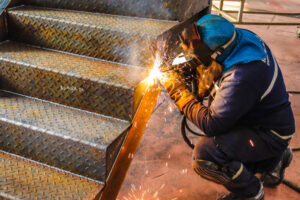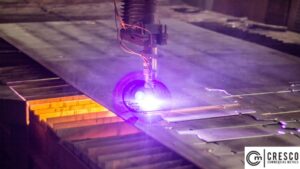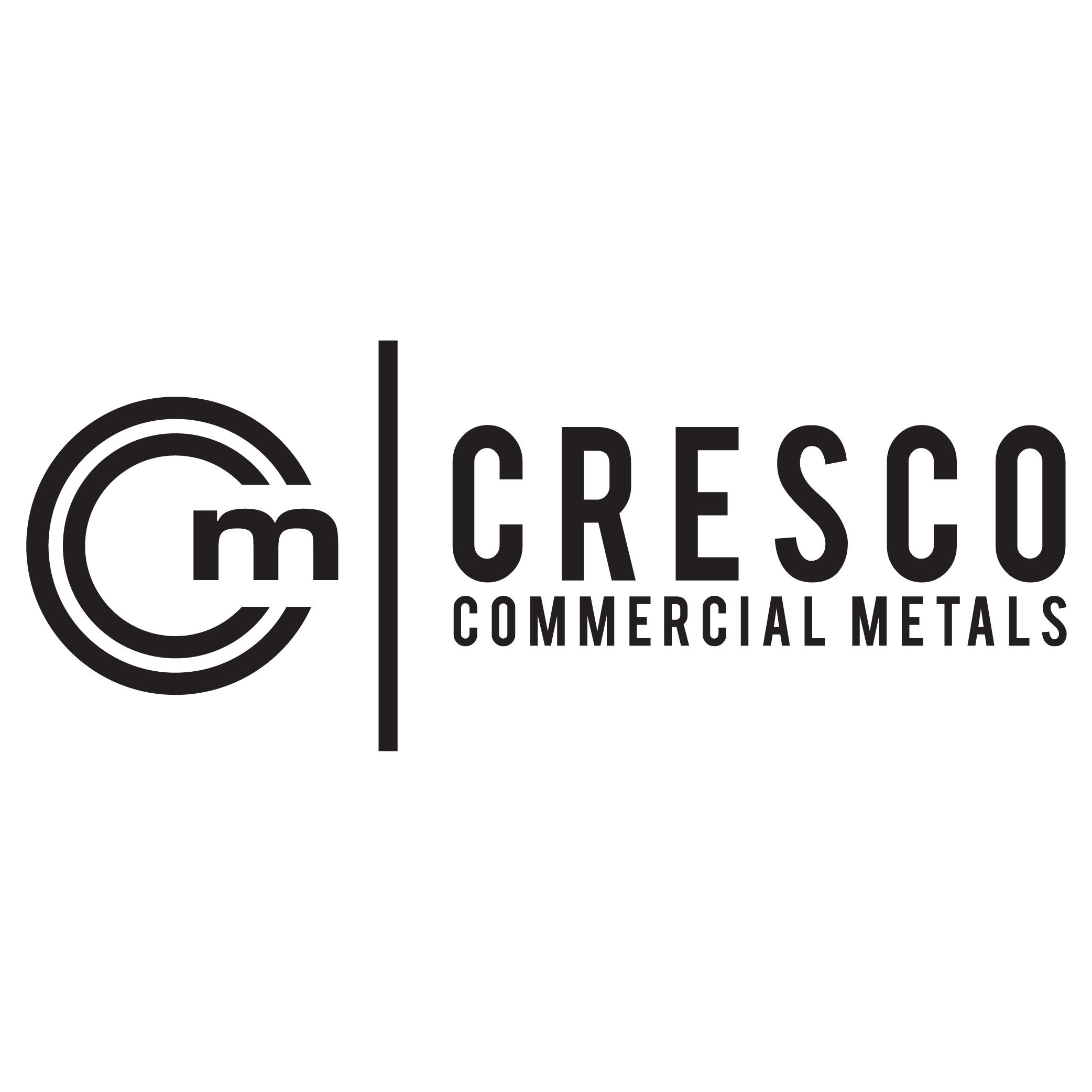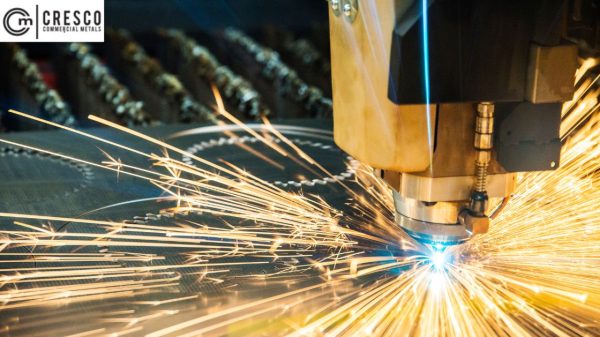Challenges and Innovations in Thick Metal Plate Manufacturing
Thick metal plate fabrication, frequently used in the shipbuilding, construction, and heavy machinery industries poses significant challenges that demand exacting procedures and creative solutions. Thick metal plate manufacturing requires sophisticated methods that guarantee strength and uniformity, especially for thicknesses over 10 mm. This sector is tough due to several considerations like distortion control, heat management, and material handling. However, technological breakthroughs have brought forward fresh ideas to tackle these problems, offering professional manufacturers more precise and effective work methods.

Challenges in Thick Metal Plate Manufacturing
- Material Handling and Weight Issues
Handling thick metal plates in industrial manufacturing facilities is a significant challenge as they are heavy. Conventional techniques are frequently not made to support such heavy weights. Special equipment such as cranes, forklifts, and automated systems are needed to move large plates safely and effectively.
- Heat Affected Zones (HAZ) and Distortion
One of the main difficulties when working with thick metal plates is handling the heat produced by welding, machining, and other procedures. Overheating can cause metal to deform, resulting in undesired distortions that compromise the finished product’s structural integrity. The heat-affected zone (HAZ) can change the metal’s mechanical characteristics, increasing its brittleness or decreasing its resistance to corrosion.
- Machining and Cutting Complexities
Because of their thickness and hardness, thick metal plates can be challenging to cut, especially when using more conventional techniques like plasma or oxy-fuel cutting. Poor cutting methods can result in uneven cuts, rough surfaces, and edge cracking that require more machining or finishing operations.
More sophisticated cutting techniques, such as water jet and laser cutting, yield more accurate and cleaner results, but they still need help when working with plates thicker than 20 mm. When choosing the best cutting technique for thick metal plates, manufacturers must compromise accuracy, speed, and cost.
- Material Stress and Fatigue
Thick metal plates are subjected to strong forces throughout the commercial metal fabrication process, which may cause stress in the material. This stress may eventually cause fatigue, leading to fractures, fissures, or other structural failures. Manufacturers must use stress-relieving techniques, including heat treatment, to maintain the material’s durability.
- Welding and Joint Integrity
Thick metal plate welding involves several joint integrity-related difficulties. Securing an appropriate weld devoid of flaws like porosity, undercuts, or fractures is essential for the structural functionality of thick plates. More heat must be applied because of the material’s thickness, which raises the possibility of distortion or HAZ problems.
Numerous passes and sophisticated welding techniques—like submerged arc welding (SAW)—are frequently required to create a strong, long-lasting weld. However, these techniques need knowledgeable operators and cutting-edge equipment to guarantee excellent outcomes.
Innovations Addressing the Challenges

- Automated Material Handling Systems
Considerable advancements in automation have been made in the industry to tackle the problem of handling large materials. Modern manufacturing facilities are equipped with robotic arms, overhead crane systems, and automated guided vehicles (AGVs) to safely and accurately handle thick metal plates. These automated solutions boost productivity, lower the possibility of human error, and improve worker safety.
- Advanced Thermal Management Techniques
Advances in heat management have completely transformed processes for managing thick metal plates. Utilizing cutting-edge techniques like pulse welding and low-heat input laser welding helps to minimize heat-affected zones, lessen distortion, and preserve the mechanical qualities of the metal. These methods enable producers to create premium components with fewer flaws, producing more dependable and long-lasting goods.
- Laser and Water Jet Cutting Technologies
The cutting of thick metal plates has been made much easier with the advent of high-power fiber lasers and precise water jet cutting systems. By providing precise, clean cuts with no heat damage, these technologies lessen the need for further machining and guarantee a high-quality finish. Specifically, fiber lasers are an invaluable tool in commercial metal fabrication because of their exceptional speed and precision when cutting through heavy metal plates.
- Stress Relieving Through Vibration and Heat Treatments
Manufacturers increasingly employ sophisticated stress-relieving methods such as controlled heat treatment and vibration-assisted stress release to reduce internal tensions in thick metal plates. These procedures aid in strengthening the material’s resilience to fatigue, preventing long-term structural problems and boosting the finished product’s longevity.
- Advanced Welding Technologies
Innovative welding methods such as electron beam and hybrid laser-arc welding enable producers to produce welds that are a little distorted and stronger, more precisely. By eliminating the need for numerous passes and enhancing the overall strength and quality of the weld joints, these cutting-edge welding techniques are perfect for combining thick metal plates.
How Cresco Can Benefit Manufacturers
Cresco offers practical solutions to assist manufacturers in overcoming the challenges involved in producing thick metal plates. By providing state-of-the-art equipment and machinery for heavy-duty metal processing, Cresco guarantees that customers can handle thick plates more precisely and efficiently. Utilizing cutting-edge cutting, welding, and material handling technology, Cresco assists producers in lowering errors, reducing material waste, and raising total output. They are a useful partner in the metal fabrication sector because of their dedication to innovation and quality, offering the resources and know-how required to satisfy the most exacting production specifications.
FAQs
- What are the common challenges in thick metal plate manufacturing?
Some of the typical challenges are material handling, controlling heat-affected zones and distortion, machining issues, material stress and fatigue, and maintaining joint integrity during welding.
- How can innovations in technology improve thick metal plate manufacturing?
Technological advancements, including enhanced cutting technologies, temperature management, automated material handling systems, stress-relief techniques, and novel welding procedures, substantially reduce production time, minimize faults, and enhance the overall quality of thick metal plates.
- What cutting methods are best for thick metal plates?
The best techniques for cutting thick metal plates are water jet and laser cutting, which provide precise, clean cuts with little heat damage.
- How can Cresco assist in thick metal plate manufacturing?
Modern equipment and tools from Cresco are available for handling, cutting, and welding big metal plates, assisting producers in increasing output, lowering errors, and streamlining their operations.


